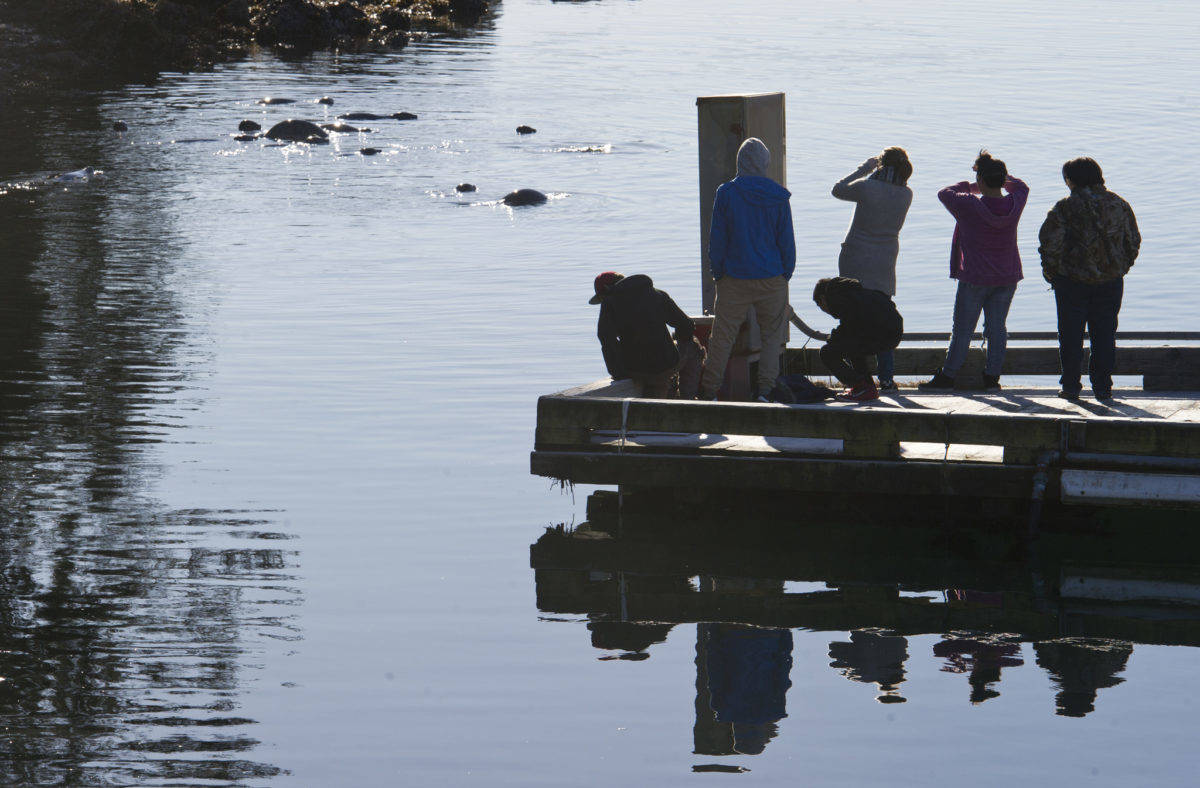We should all be tested for mercury contamination. Mercury is a heavy metal that settles to the bottom of our lakes, rivers and oceans. It shows up both naturally and anthropogenically (caused by humans) in the environment. Anthropogenic examples of exposing mercury to the environment include burning fossil fuels for energy and extracting precious metals such as gold from mining, both of which have been impacting our environment for over a century. In Juneau we have a long history of gold mining. That alone must have raised our rates of mercury exposure in the environment.
The most common way to be exposed to mercury is by eating contaminated animals. Luckily salmon and other popular Alaskan commercial fish have been tested to show low levels of mercury contamination. Mercury biomagnifies up the food web like domoic acid, which causes amnesic shellfish poisoning, and saxitoxin, which causes paralytic shellfish poisoning. Long lived and predatory animals risk having the highest amount of mercury exposure. Tuna and shark fall into this group of animals. My understanding is that in Alaska animals that fall in this high toxicity risk group include halibut, whale, sea lion and seal. This puts everyone who eats traditional Alaskan foods and subsistence families as the highest risk for exposure to large amounts of mercury over a brief period.
What level of exposure is truly safe for human consumption? The World Health Organization states on their website that even small amounts of mercury exposure can cause serious health problems. What about the long-term exposure that we see from eating small doses of contaminated animals? As a neurotoxin, mercury is known to cause damage to the nervous system, the immune system, and other parts of the body such as lungs, kidneys and the brain. During pregnancy, a fetus exposed to mercury toxicity can have slow or impaired neurological development that is shown to result in slower motor skills, delays in cognitive thinking, memory or attention.
Let’s keep an eye on our risk of mercury contamination. If you work around mercury, ask your employer if they offer any mercury monitoring tests for you and your family. Urge them to consider offering something if they do not already. Ask your doctor if you can have a mercury toxicity test. Investigate free or reduced options for mercury biomonitoring in Alaska such as the one offered by the Alaska Division of Public Health. Don’t wait for the symptoms of mercury toxicity to arise. Be proactive about testing your mercury levels.
Traci Taylor,
Juneau
My Turns and Letters to the Editor represent the view of the author, not the view of the Juneau Empire.
